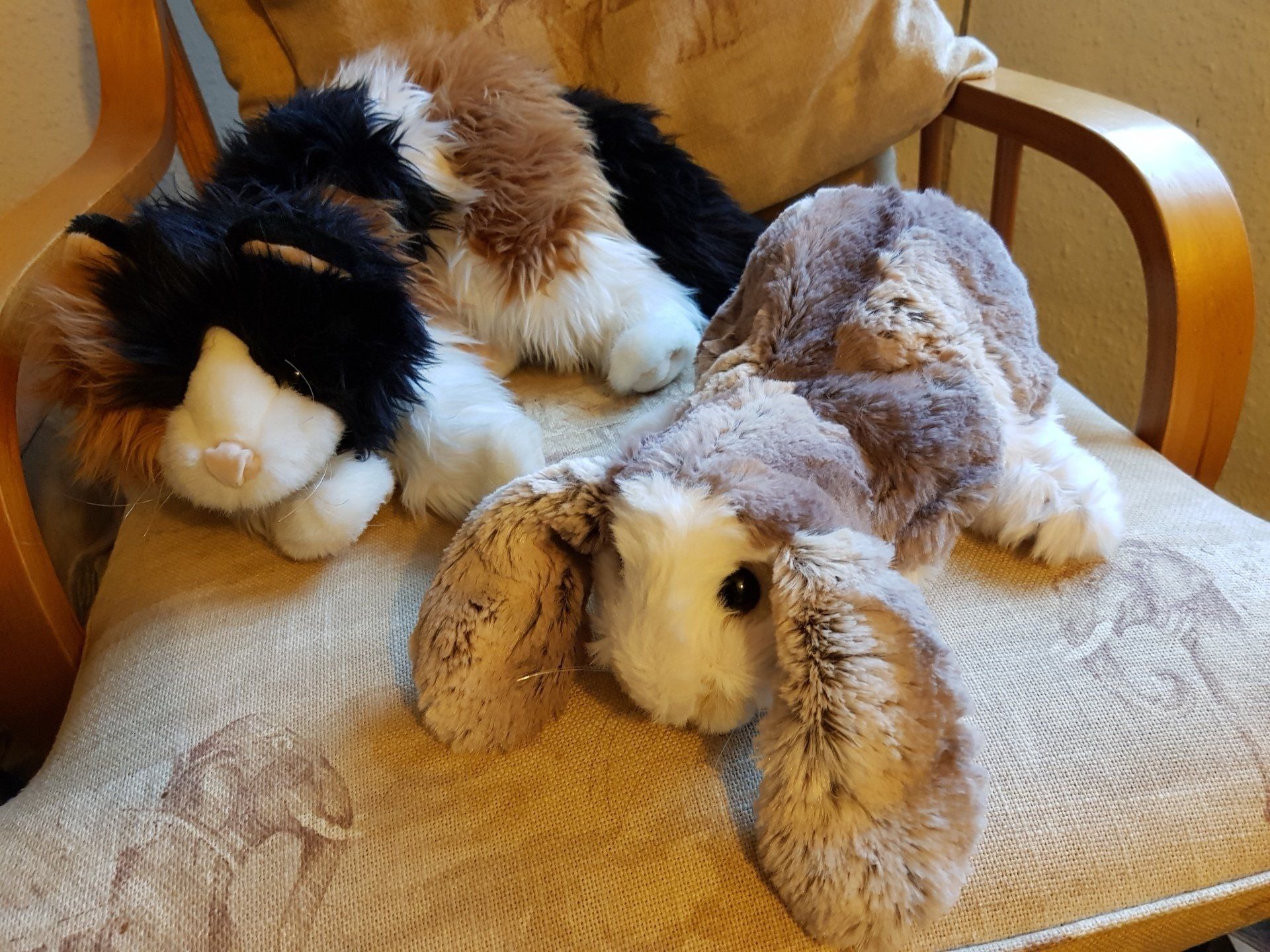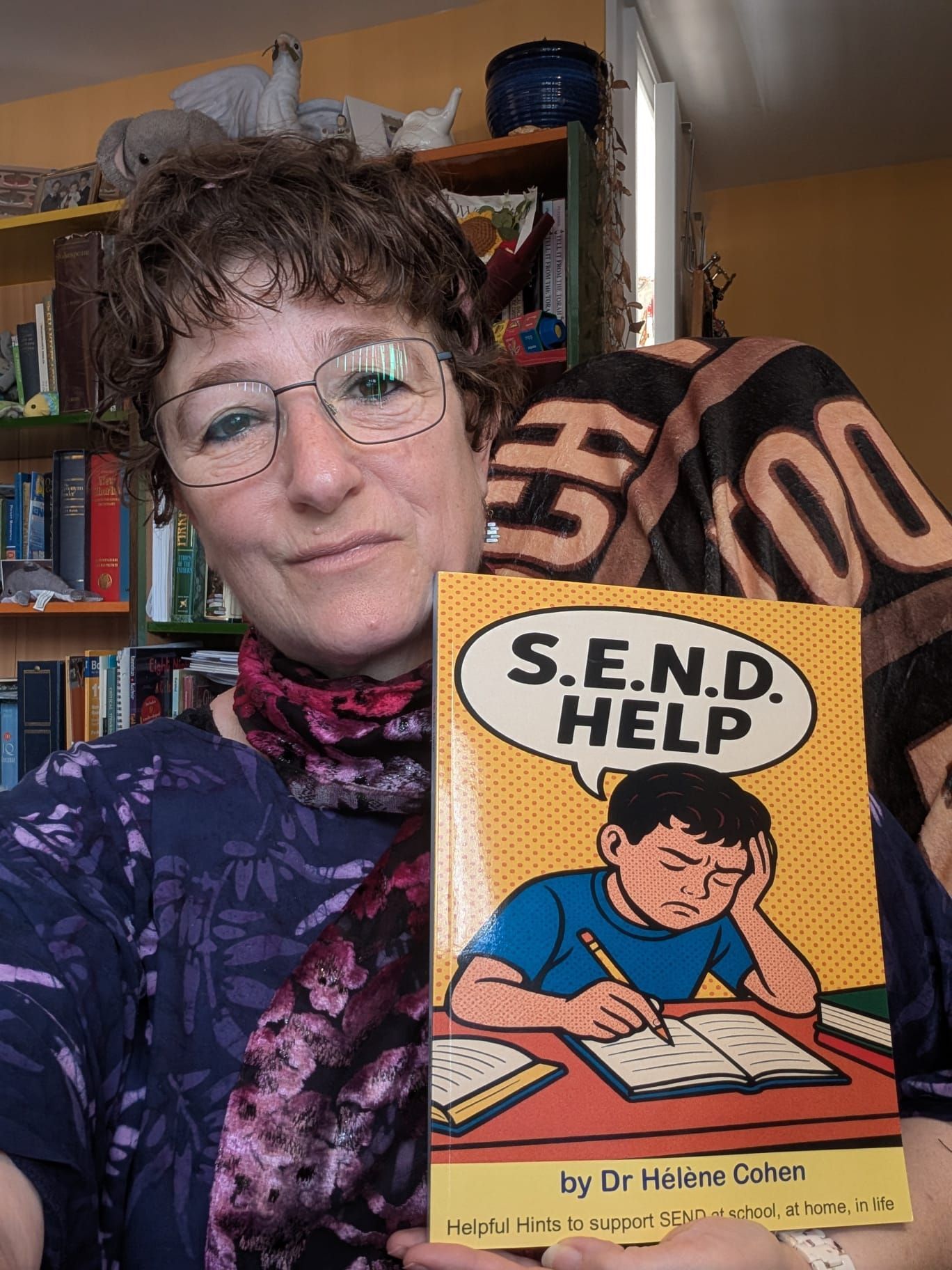Amazing Children - A child with CP
I’ve been thinking about the various children I’ve taught over
the years and thought I’d write about Dave – not his real name. Dave has CP, Cerebral
Palsy, and I had the privilege of teaching him for three years. I have to admit
that at first it did not feel like a privilege. He has the quirkiest sense of
humour and initially I didn’t appreciate it at all as I was trying to teach my
class comprised of children with various SEND, such as dyslexia, autism, dyspraxia
and now this new boy with CP who thought the best way to join a new group was
to clown around. In between: hearing ‘I can’t, I can’t’ from the girl with
autism as she bit her hand in frustration when her ideas weren’t flowing;
repeating the instructions to the boy with dyscalculia who took a while to
process what he’d been asked to do; supporting various spelling and word
retrieval issues and generally trying to teach, I now had someone who said
random things that seemed totally unconnected to what we were doing, but made
the others laugh, probably because his utterances were so random. Added to
this, I soon realised that this child whose SEND was presented as CP and nothing
else, was evidently one of the more severely dyslexic children I had encountered
in a long time – including children I had taught in a specialist dyslexia
provision.
Deep breath time. He seemed to cope perfectly well moving around the school, always cheerful, always cracking weird jokes, so I focussed in on the dyslexia. I soon realised that he was highly intelligent. We would be sharing a text for comprehension, and provided it was a text that had been read aloud so he could easily access it, his answers were not only spot on, but went far deeper than those from the average 9 year old. It was an interesting group. One of the girls who had autism was an excellent artist and an exceptional writer. Using a laptop (one with a ‘pen’) she created amazing illustrations for her work. Using the laptop allowed her to write superb fantasy stories, setting a scene more beautifully than I ever could, once she’d accepted that she actually could do the task. This girl was on an intellectual level with Dave and they struck up an amazing rapport adding a super dimension to the group. Aware of how supportive it could be for someone with dyslexia to use a laptop, and being unable to decipher a single word written by Dave, I asked his parents if they could provide a laptop for him to use in school. This they did and it was a game changer. He was immediately more focused in class, although always the jester in the group. Being able to read his work now that it was generated on a computer, I could see how extreme the dyslexia was. Sentences were often incoherent and a total mismatch from what he would say in class. We worked on this, obviously, with a mixture of me scribing, him typing, always us talking. This still seemed to be the main issue, and in class, with Dave sitting down, it was easy to forget the CP, until his first OT/PT (occupational and physio therapists) session that I was able to sit in on. What a revelation.
It transpired that Dave was in constant pain, something he had always covered up through joking around. I discovered the special wishbone pens and pencils that had a grip that lessoned the pain in his fingers when writing – I also gained the respect of the OT and PT for having set his working using a laptop, as they were going to recommend that. Together, over time, we made the physical changes Dave required. We changed his routes around the school to avoid certain steep and uneven staircases and minimised the use of stairs by allowing him routes that were usually for teachers only. We gradually put up handrails around the school to make even the places with just a few steps easier. We had an exercise routine pinned up in the SEND classroom, so that he could do the exercises that would enable him to join in the rugby that he loved. We had his wheelchair in school for use on days that were more physically strenuous that others. But most importantly I learned to ask Dave what was needed; I learned to recognise when he was in more pain; I gained his trust so that he actually admitted when his pain was more severe, something that he would happily hide behind another of his quirky jokes; I learned that when he joked most he was probably hurting most.
Dave taught me so much about resilience. I’m pretty resilient myself – it’s either that or give up when you grow up with undiagnosed dyslexia, and I developed a determination that I only appreciated after my dyslexia was formally assessed (see earlier blogs). Dave’s resilience was on a whole other level. He joined in Games and PE sessions, playing rugby, cricket, football, athletics, sometimes having games and PE on the same day as well as DT lessons in a totally different part of the school site – these would be wheelchair days. When he went on a trip that included an assault course, he was pushed around in his wheelchair all day, but got out and completed the assault course – he’d been saving all his energy for that bit!
Although it embarrassed him, at times I would let others, who were complaining about something and nothing, know just what Dave endured on a daily basis, without complaint. If he ever did complain, which was rarely and after prompting, I listened. Apparently at home it all came out. The pain he’d kept to himself all day would often mean that he went home exhausted. His parents were great, supportive of us as a school and making few allowances for the CP, while ensuring that he had all the support he needed. One open day, the children in his year group were showing people around the school. One of his friends came to find me to saying that Dave was crying. I was immediately concerned as this wasn’t like him at all. When I found him it transpired that he had been overlooked for the school tours as the people visiting all wanted to see the area that was furthest away and had the most and steepest steps. Time for some serious thought. There was no way that Dave was going to miss out on showing off the school. Fortunately one of the school governors was around. Asking her if she’d like a guided tour, and explaining the situation, I asked Dave if he would mind showing one of the governors around as there were no more parents visiting. Dave visibly puffed out his chest at the importance of such a task. Being the tour guide for a governor was something that made him feel really special. He loved it, and so did she. I asked him to specifically show her his special routes as it was important for her to know how his CP needs were being met,. He was in his element.
Dave set an example of what we need to do as SENDCOs. We need to look beyond what we see. We need to truly involve parents and children in our planning for removing barriers. We need to really know the child and gain trust. We need to try to see things from the child’s perspective. We need to open our minds, be creative and learn what we can from our children.
Hélène Cohen


